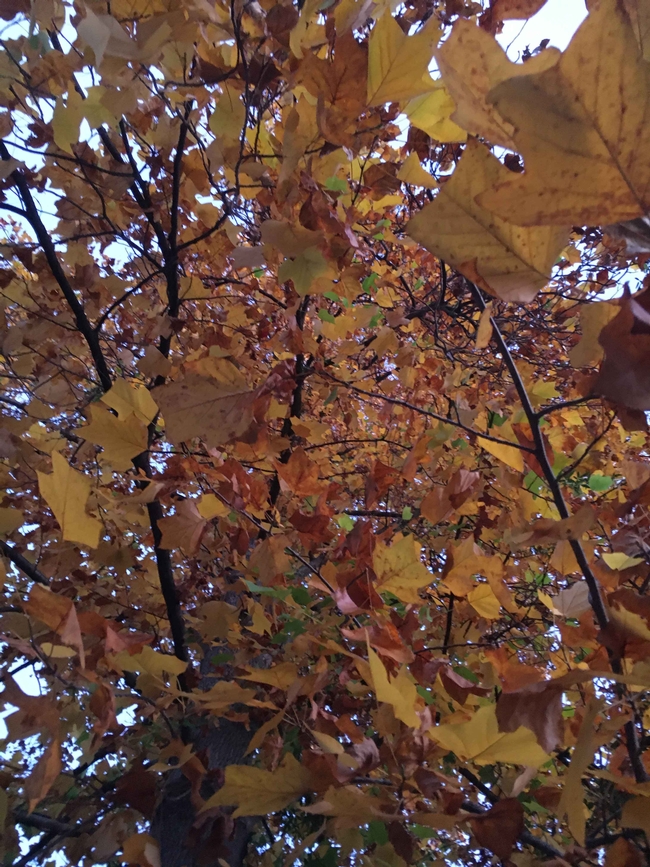If you have school-age children, you may have noticed that something new is infusing science education in California classrooms. Curricula that explores environmental literacy is being introduced– an explicit acknowledgement of the deep bond between humans and our natural environment. 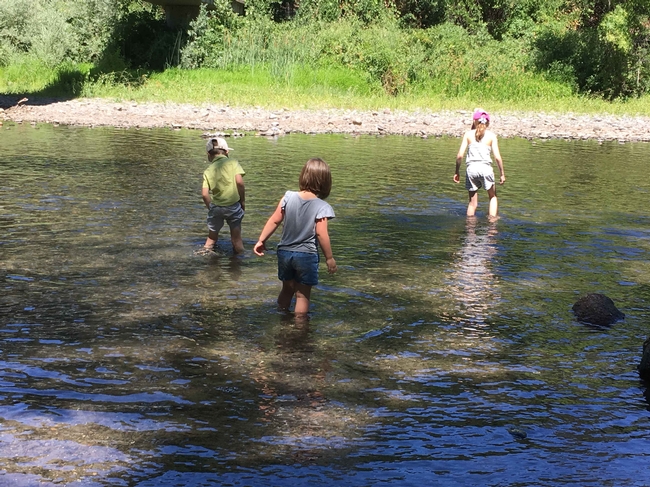
First, here is some brief background information. I spoke with Master Gardener Joyce Hill, a professional educator involved in local efforts to bring environmental curricula to regional classrooms. Our conversation centered on the critical need to know and experience the natural world, and how one can only do that by actually spending meaningful time outdoors. Our natural environment is a wonderland lying just beyond wooden doors and electronic screens, ripe for exploration and appreciation. The importance of interacting with nature was the subject of Richard Louv's The Last Child in the Woods: Saving Our Children from Nature-Deficit Disorder (2006) which concludes that direct exposure to nature is essential for healthy childhood development and for the physical and emotional health of children and adults.
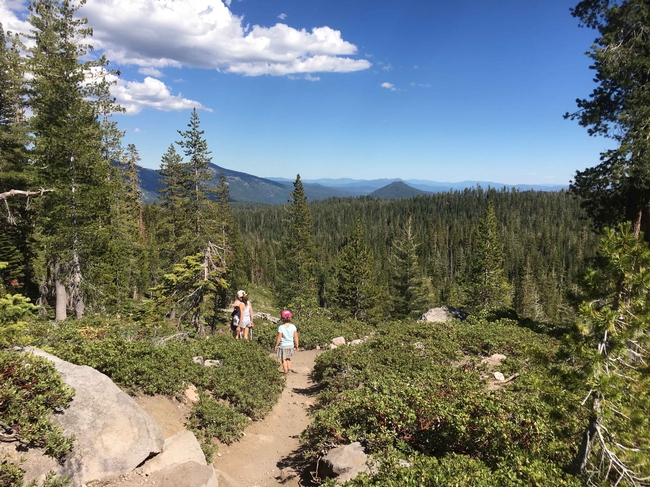
The five basic tenets of California's Environmental Principles and Concepts highlight the profound relationship between humans and the natural world. These tenets are the following (the full text can be found at www.californiaeei.org/abouteei/epc):
1. People Depend on Natural Systems: The continuation and health of individual human lives and of human communities and societies depend on the health of the natural systems that provide essential goods and ecosystem services.
2. People Influence Natural Systems: The long-term functioning and health of terrestrial, freshwater, coastal, and marine ecosystems are influenced by their relationships with human societies.
3. Natural Systems Change in Ways that People Benefit From and Can Influence: Natural systems proceed through cycles that humans depend upon, benefit from, and can alter.
4. There are no Permanent or Impermeable Boundaries that Prevent Matter from Flowing Between Systems: The exchange of matter between natural systems and human societies affects the long-term functioning of both.
5. Decisions Affecting Resources and Natural Systems are Complex and Involve Many Factors: Decisions affecting resources and natural systems are based on a wide range of considerations and decision-making processes.
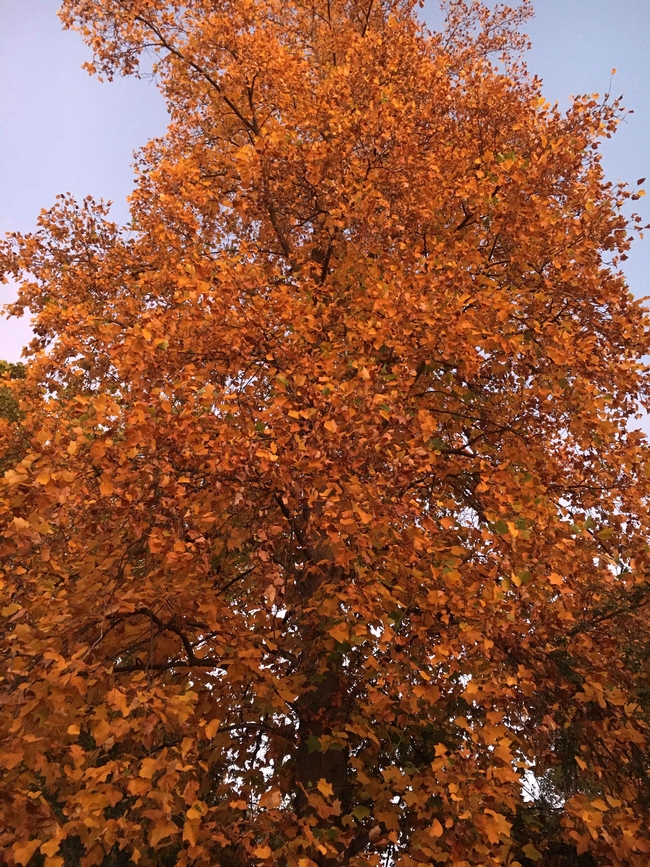
It's no secret that people learn best when the subject is one that is relevant to their lives, so it is critical that the connection between individuals, their communities, and the natural world be made clear. As Stanford professor Dr. Nicole Ardoin writes, “Environmental education imparts more than knowledge,” it has “helped produce effective problem solvers, lifelong learners, and thoughtful community leaders and participants.”
And here is where our own local challenge comes into play. Families (whatever form they take and however you define them) can be vital partners in helping our Next Generation build a deep connection to, and appreciation of, the natural environment. Over the following year, the UC Master Gardeners of Butte County will offer periodic suggestions, exercises, and activities to help you and your young ones engage with what's outside, beyond the doors and screens.
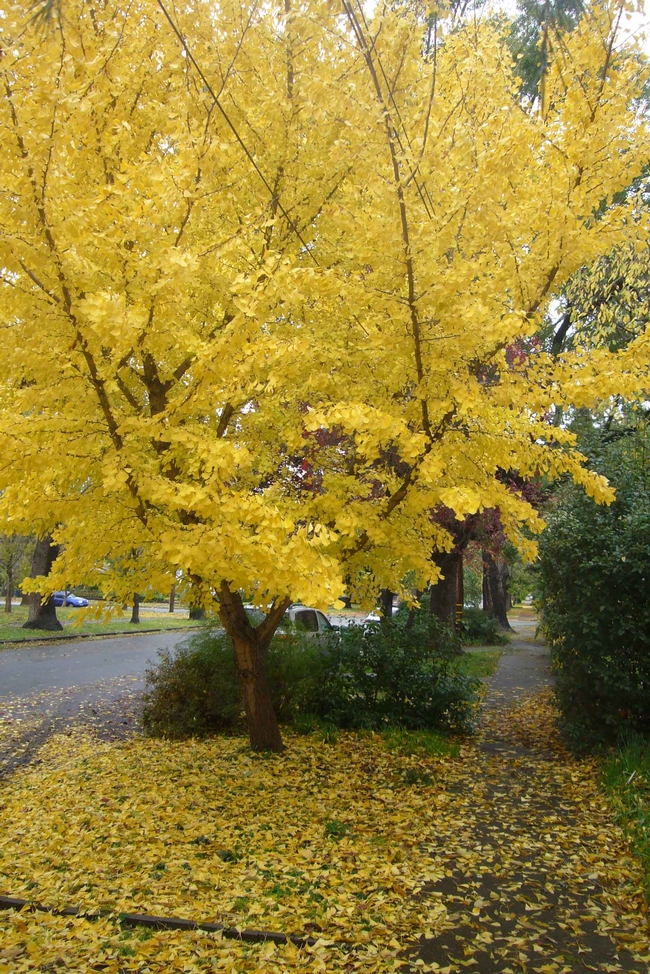
Here are some helpful websites on nature exploration:
The Beetles Project (Better Environmental Education, Teaching, Learning & Expertise Sharing)
Natural Start Alliance (A project of the North American Association for Environmental Education)
To learn more about the UC Master Gardeners of Butte County, and for help with gardening in our area, visit our website. The Master Gardeners have produced a Garden Guide and Three-Year Garden Journal full of useful information specific to Butte County. It is currently available in Chico at Magnolia Gift & Garden, the Patrick Ranch gift shop, the UC Cooperative Extension office in Oroville and all Master Gardener workshops.
If you have a gardening question or problem, call our Hotline at (530) 538-7201 or email mgbutte@ucanr.edu.
Attached Images:
